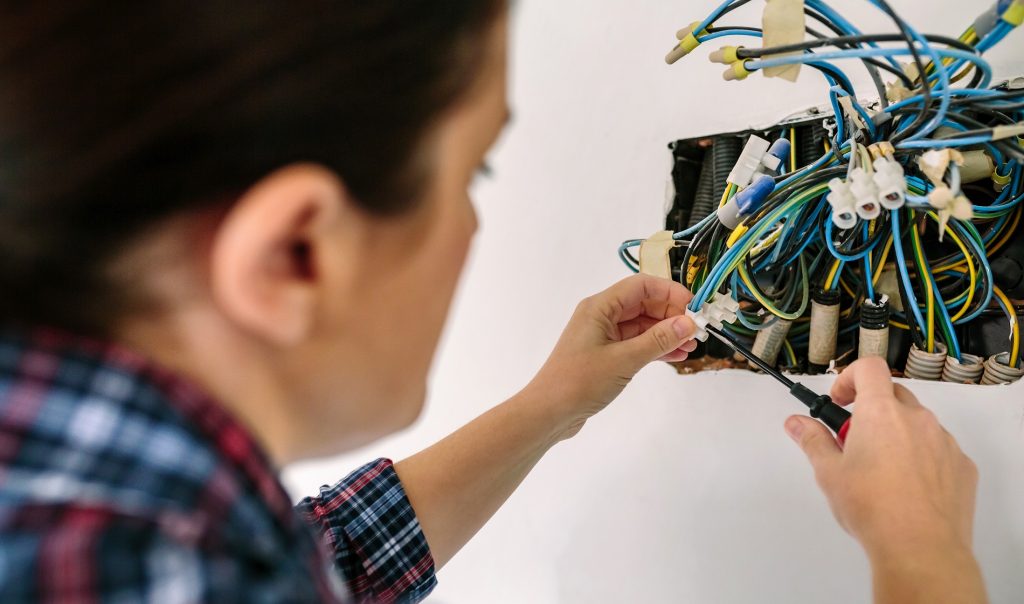
Electric work encompasses a wide range of activities related to the installation, maintenance, repair, and operation of electrical systems across residential, commercial, and industrial settings. It includes tasks such as wiring homes, installing lighting fixtures, and ensuring compliance with safety codes.
In commercial settings, electric work involves larger installations like power distribution systems and emergency lighting. In industrial environments, the focus is on machinery and automation systems.
Key tasks include wiring and cabling, installing electrical panels, and setting up various lighting systems. Electricians also troubleshoot electrical issues and ensure proper grounding to prevent hazards.
Safety is crucial, with adherence to local codes and the use of personal protective equipment (PPE) to mitigate risks. Regular testing of circuits ensures safe and reliable operation, making electric work essential for functional and secure electrical systems.
Residential Electrical Work: Involves wiring homes, installing lighting fixtures, outlets, and appliances, as well as ensuring electrical systems meet safety codes.
Commercial Electrical Work: Involves larger installations in businesses, including lighting design, power distribution, and emergency systems. It may also cover complex systems like data and communication networks.
Industrial Electrical Work: Focuses on machinery, equipment, and power systems in industrial settings, including factories and plants. This work often involves automation, motor control, and large power systems.
Wiring and Cabling: Connecting wires and cables for circuits in lighting, outlets, and appliances.
Electrical Panel Installation: Setting up circuit breakers to distribute electricity throughout the building.
Lighting Installation: Installing various lighting systems, including LED and specialized options.
Outlet and Switch Installation: Adding or replacing outlets and switches for better power access.
Troubleshooting and Repair: Diagnosing and fixing electrical issues like faulty circuits and blown fuses.
Grounding and Bonding: Ensuring systems are grounded to prevent shocks and fire hazards.
Adherence to Codes: Electrical work must comply with local and national electrical codes (e.g., National Electrical Code in the U.S.) to ensure safety and legality.
Use of Personal Protective Equipment (PPE): Electricians should wear appropriate PPE, including gloves, safety glasses, and hard hats, to protect against electrical hazards.
Lockout/Tagout Procedures: Before performing maintenance on electrical equipment, proper procedures must be followed to ensure that systems are de-energized and safe to work on.
Circuit Testing: Regular testing of circuits and electrical systems helps ensure they are functioning correctly and safely.
+91 72650 08969
+91 93162 33575
secubeesolutions@gmail.com
57 APNAGHAR SOCIETY NEAR TEKRAWALA SCHOOL PALANPUR PATIYA, Rander Rd, Rander, Surat, Gujarat 395009
Plot No 4 , First Floor, Sardar industry, beside Ajanta Restaurant, opposite Khatodara Police Station, Laxmi Nagar, Udhana, Surat, Gujarat 395007
Copyright @2025, All Rights Reserved. Design By Technomantra India